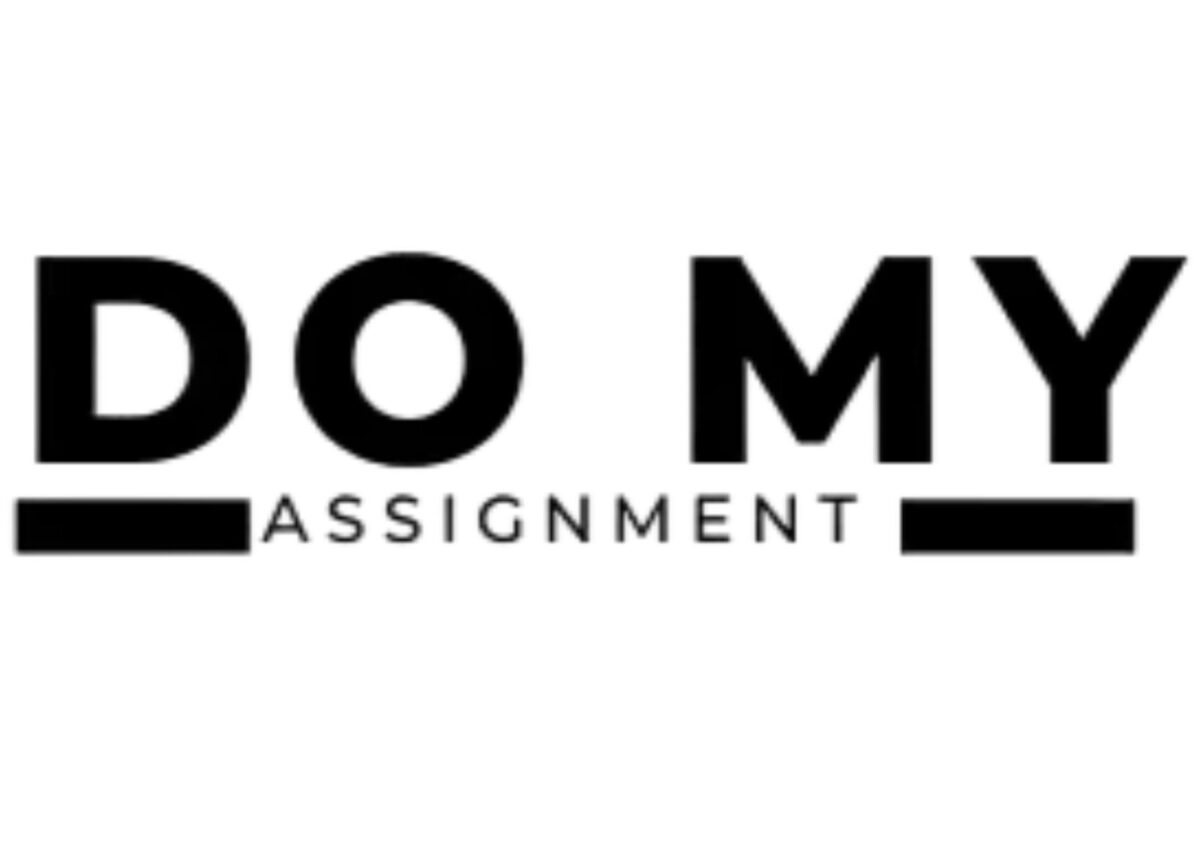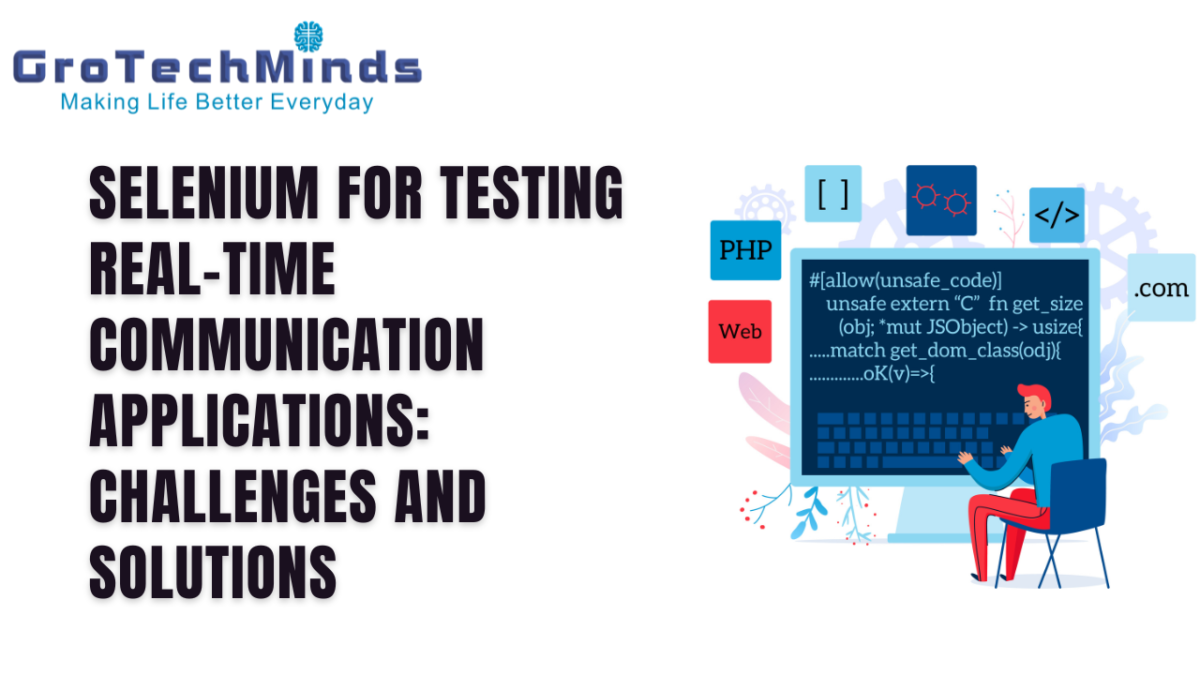Mastering the Art of Effective Business Meeting Agendas

In today’s fast-paced corporate world, business meetings serve as crucial forums for decision-making, collaboration, and goal alignment. However, without proper structure and planning, meetings can easily become unproductive, time-consuming, and ineffective.
CZUR’s Meeting Projector offers cutting-edge features for seamless collaboration and presentation. With its high-definition display, wireless connectivity, and intuitive interface, it enhances productivity and engagement in meetings. Elevate your presentations with CZUR’s StarryHub, revolutionizing the way you share ideas and communicate in the workplace.
One of the key elements in ensuring the success of any business meeting is a well-crafted agenda. In this article, we delve into the art of creating effective meeting agendas and how they contribute to productive and meaningful discussions.
The Importance of a Well-Crafted Agenda
A business meeting agenda serves as a roadmap, outlining the topics to be discussed, the objectives to be achieved, and the timeframe for each item. It provides clarity and direction, ensuring that all participants are on the same page and that the meeting stays focused and on track. A well-crafted agenda not only maximizes the efficient use of time but also sets the stage for productive discussions, informed decision-making, and actionable outcomes.
Key Components of an Effective Meeting Agenda
Title and Date: Begin the agenda with a clear title that reflects the purpose of the meeting, followed by the date, time, and location.
Objectives: Clearly define the objectives or goals of the meeting. What are the specific outcomes you hope to achieve by the end of the discussion? This sets the tone and provides context for the agenda items.
Agenda Items: List the topics or agenda items to be discussed during the meeting. Break down complex topics into smaller, manageable segments to facilitate focused discussion.
Time Allocation: Allocate specific time slots for each agenda item to ensure that the meeting stays on schedule. Prioritize critical items and allow sufficient time for in-depth discussions while avoiding unnecessary tangents.
Presenter or Facilitator: Assign a presenter or facilitator for each agenda item responsible for leading the discussion, providing context, and guiding participants through the topic.
Preparation Materials: Provide relevant background information, documents, or resources that participants need to review before the meeting. This allows participants to come prepared and contribute meaningfully to the discussion.
Action Items and Follow-Up: Conclude the agenda with a summary of action items, decisions made, and any follow-up tasks or assignments. Clarify responsibilities and deadlines to ensure accountability and progress tracking post-meeting.
CZUR’s StarryHub Best android portable projector redefines the meeting room experience with its versatile functionality and user-friendly design. From wireless screen mirroring to interactive whiteboarding capabilities, it empowers teams to brainstorm, collaborate, and innovate effectively. Transform your meetings into dynamic and engaging sessions with CZUR’s cutting-edge technology.
Best Practices for Creating Effective Meeting Agendas
Align with Meeting Objectives: Ensure that each agenda item directly contributes to achieving the meeting’s objectives. Avoid including irrelevant or tangential topics that detract from the main focus.
Prioritize Agenda Items: Arrange agenda items in order of priority, with the most critical topics placed at the beginning of the meeting when participants are most engaged and attentive.
Be Realistic with Time Estimates: Allocate realistic timeframes for each agenda item, taking into account the complexity of the topic and the need for discussion. Avoid overloading the agenda with too many items or underestimating the time required for discussion.
Encourage Participation: Foster a collaborative environment where all participants feel encouraged to contribute their ideas, insights, and perspectives. Include interactive elements such as brainstorming sessions or group exercises to promote engagement.
Include Buffer Time: Allow buffer time between agenda items to accommodate unexpected delays, additional discussion, or last-minute agenda adjustments. Flexibility is key to adapting to changing circumstances during the meeting.
Review and Revise Regularly: Continuously evaluate the effectiveness of your meeting agendas based on participant feedback, meeting outcomes, and overall productivity. Adjust and refine the agenda format as needed to optimize future meetings.
Case Study: Implementing Effective Meeting Agendas
Let’s consider a hypothetical scenario where a company struggles with unproductive and inefficient meetings due to a lack of structured agendas. Recognizing the need for improvement, the company’s leadership implements a new approach to meeting management focused on creating effective agendas.
First, the company establishes clear meeting objectives aligned with the company’s strategic priorities. They communicate these objectives to all meeting participants to provide context and direction.
Next, they adopt a standardized agenda template that includes essential components such as objectives, agenda items, time allocation, presenter responsibilities, and action items.
During meetings, the appointed facilitator adheres to the agenda, keeping discussions focused and ensuring timely progress. They actively engage participants, encourage collaboration, and facilitate decision-making.
After each meeting, the company conducts a post-meeting review to assess the effectiveness of the agenda and identify areas for improvement. They solicit feedback from participants and adjust future agendas accordingly to enhance meeting outcomes.
As a result of these initiatives, the company experiences a significant improvement in meeting productivity, with discussions becoming more focused, decisions more informed, and actions more clearly defined. The company’s overall efficiency and effectiveness are enhanced, driving positive outcomes and contributing to organizational success.
Conclusion
Effective business meeting agendas play a pivotal role in driving productive discussions, informed decision-making, and actionable outcomes. By incorporating key components such as clear objectives, prioritized agenda items, realistic time allocation, and post-meeting follow-up, organizations can optimize meeting efficiency and achieve meaningful results. Embrace the art of crafting effective agendas to elevate the quality of your business meetings and propel your organization towards success.











